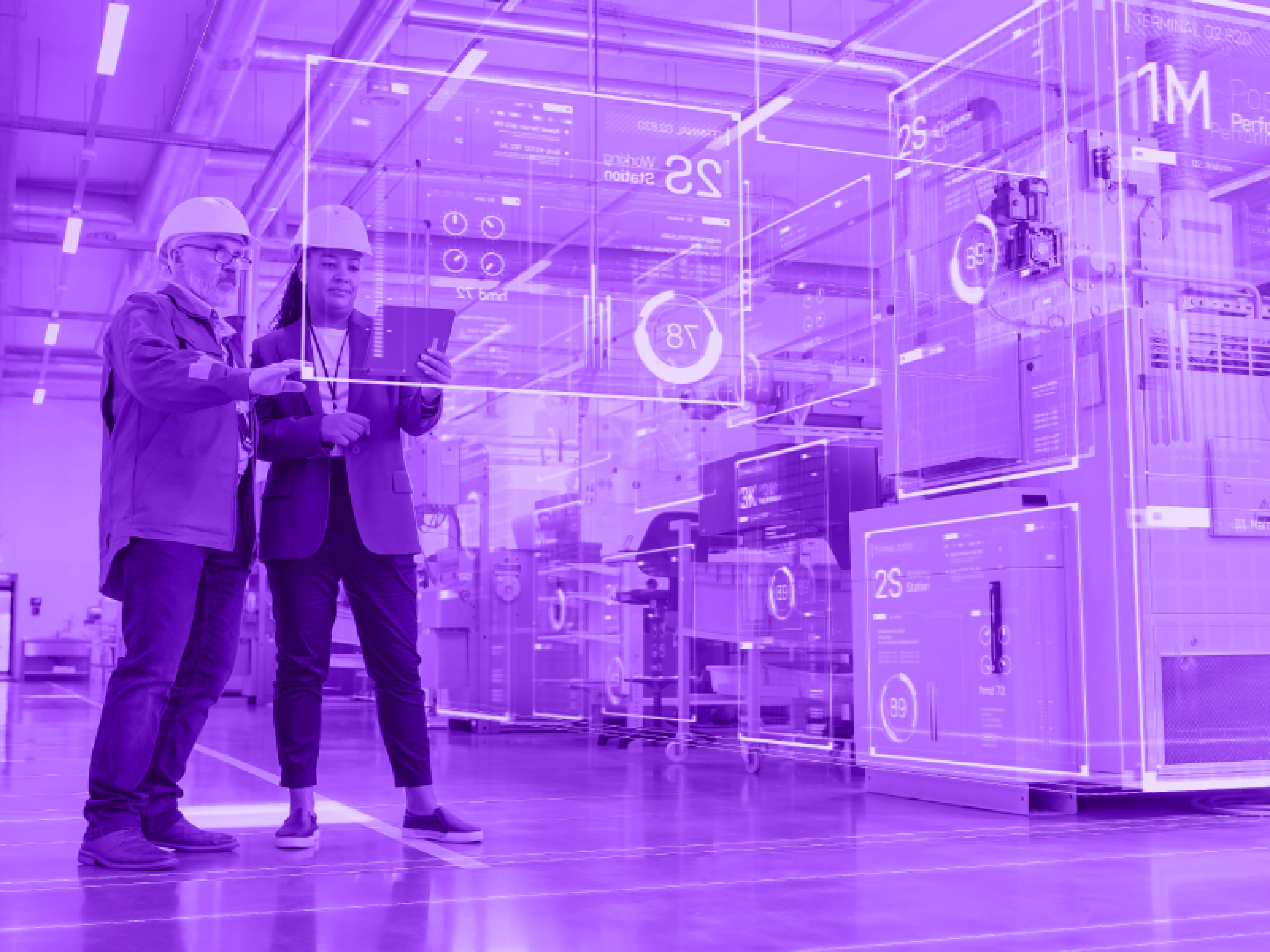The webinar:
In this exclusive webinar, Jason Hehman and Andrew Horner, TXI client advocates and Industry 4.0 experts, will guide you to chart a course toward a successful IIoT future.
The Industrial Internet of Things (IIoT) promises a new wave of innovation for industrial and manufacturing companies to lower cost, improve efficiency, transform products, and satisfy customers. The game has changed completely with unprecedented opportunities to gather, synthesize, and act on data today.
If you’re looking to stay ahead of the competition in the industrial sector and adapt to any changing market, TXI can help unlock your company's true innovation potential. We’re helping organizations stay at the leading edge of this revolution with future-ready tech like cloud computing and analytics, machine learning, AI, sensors, robotics, and more.
Watch this webinar to learn:
What is the Industrial Internet of Things (IIoT) and Industry 4.0?
How does future-ready technology transform customers, company culture, and communities?
How is Disney creating magical experiences for guests?
What work has TXI performed in the space?
Panelists:
Jason Hehman, IIoT Vertical Lead and Client Partner at TXI
Andrew Horner, Principal Engineer at TXI


